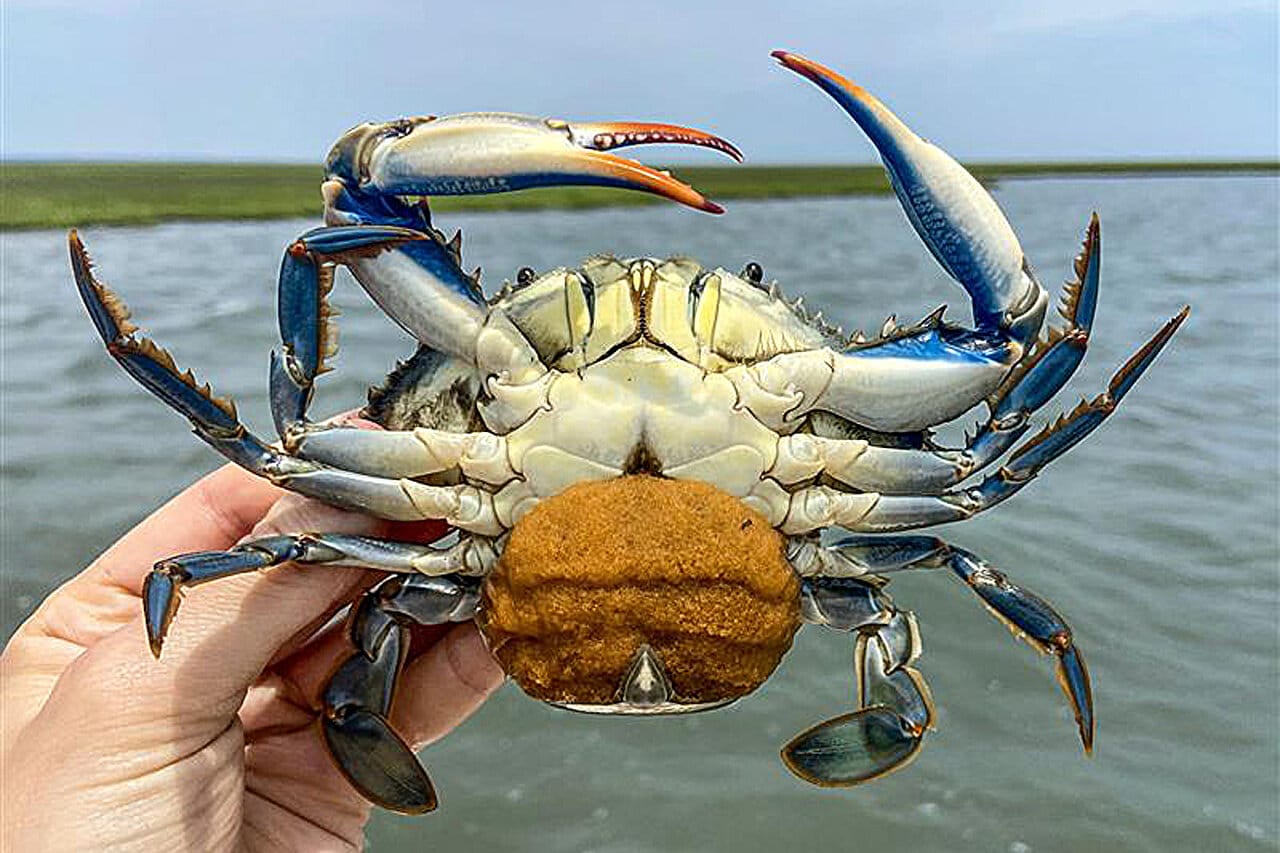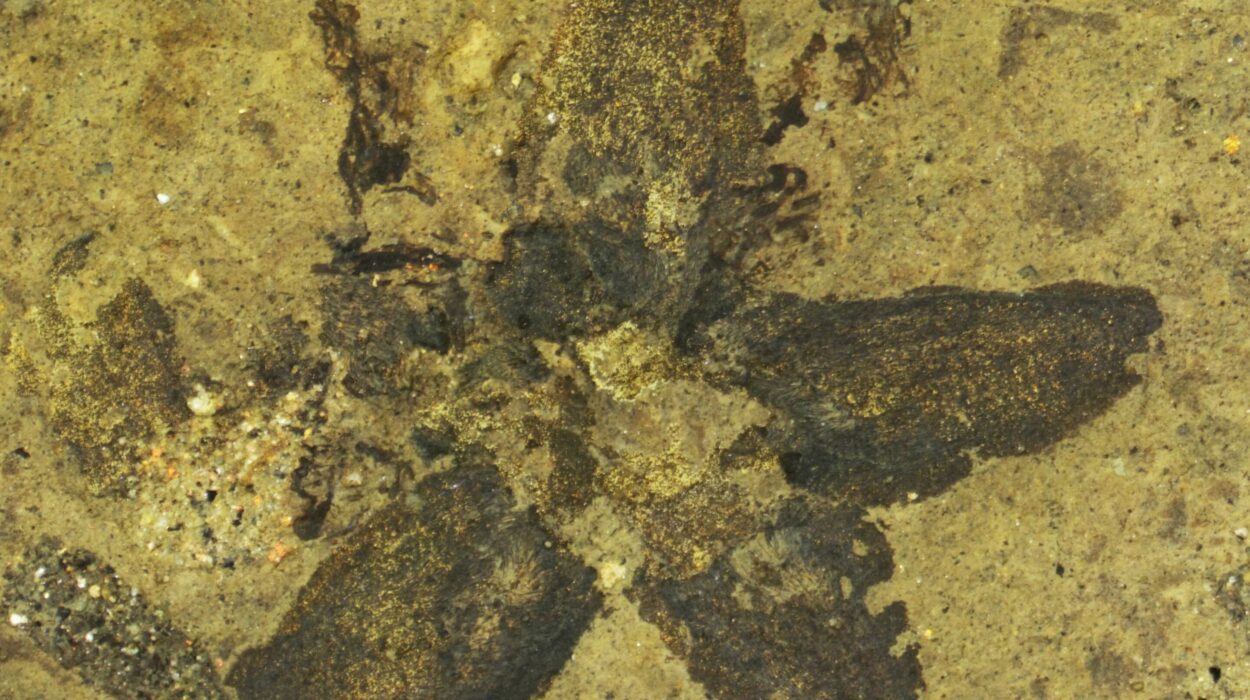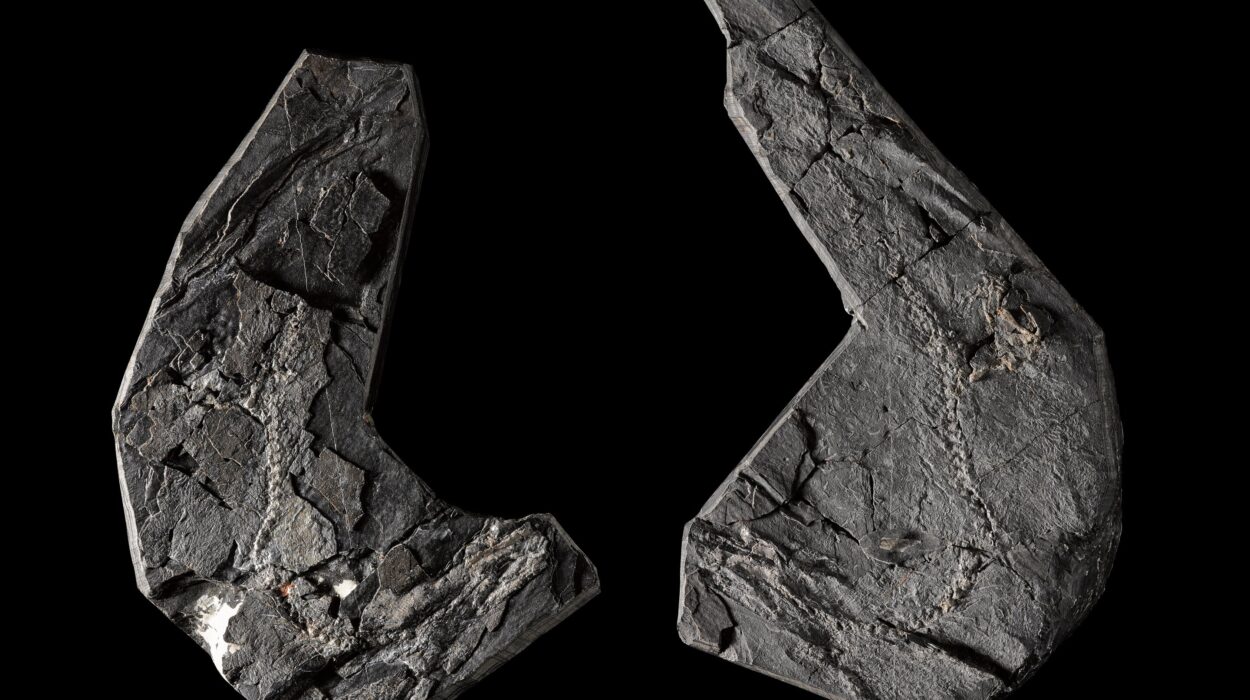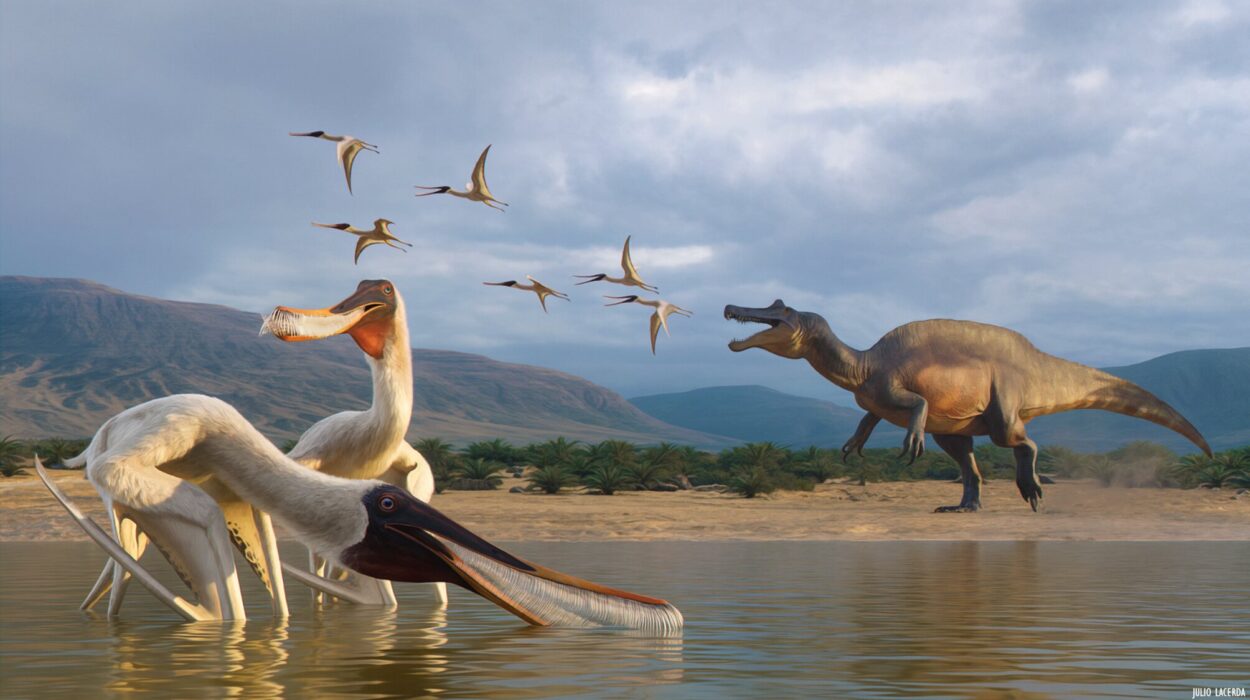In the murky waters of the Chesapeake Bay, where crabs scuttle across the seafloor and fishermen haul in their catches, a small, parasitic worm is quietly working its way into the spotlight. Known for its unsettling diet of blue crab eggs, Carcinonemertes carcinophila—a type of parasitic worm—might seem like a villain in the story of the bay’s blue crabs. Yet, as a new study reveals, this worm may offer a surprising and powerful tool for managing one of the most vital and economically significant species in the region: the blue crab.
The Chesapeake Bay’s blue crab fishery is facing a crisis. Recent data from the Winter Dredge Survey, a collaboration between the Batten School of Coastal & Marine Sciences, VIMS, and Maryland’s Department of Natural Resources, show alarmingly low numbers of blue crabs. These crabs are a keystone species, essential not only for the bay’s ecosystem but also for its multi-million-dollar commercial fishery. The urgency to manage their population has never been greater—and in an unexpected twist, it may be the humble egg-eating worm that helps offer a solution.
A Worm With a Purpose: The Potential of Carcinonemertes carcinophila
The worm Carcinonemertes carcinophila thrives in the eggs of female blue crabs, feeding on the clutches they produce. Although the worm does not devour enough eggs to drastically reduce the crabs’ reproductive capacity, it undergoes a noticeable transformation after feeding, changing color and growing larger. This change could hold an answer to an age-old problem in fisheries management: how to track blue crab reproduction with greater precision.
“One of the key challenges for fishery management has always been understanding the reproductive cycles of crabs,” says Professor Jeffrey Shields, who led the study at William & Mary’s Batten School & VIMS. “Traditionally, we’ve struggled to know exactly how many times a female crab has reproduced. But this worm could be a game-changer.”
Researchers have long known that understanding crab reproduction is crucial for managing their populations, especially when it comes to identifying which crabs are the most fecund—the ones that are producing the most offspring. But tracking the number of spawnings in female crabs has always been difficult.
Now, thanks to Carcinonemertes carcinophila, this problem might be solved. The worms’ growth and color changes could serve as a “living history” of a female crab’s reproductive timeline, providing a new method to gauge its fecundity and health, thus offering valuable data to guide sustainable management practices.
Tougher Than Expected: The Worm’s Resilience
For years, scientists weren’t sure whether these worms could survive in the various salinity levels found throughout the bay, especially in its tributaries where salinity often drops dramatically after heavy rainfall. Other types of Carcinonemertes worms struggle in such low salinity conditions, which raised questions about whether the worms could infest crabs in these areas.
The new study, led by undergraduate researcher Alex Pomroy, tested the worms’ ability to survive at different salinity levels—ranging from high salinity typical of the bay’s main waters to much lower levels commonly found in tributaries. Remarkably, the researchers discovered that Carcinonemertes carcinophila could withstand salinities as low as 5 parts per thousand (psu), much lower than what had been expected.
“Female crabs often migrate from low-salinity waters to high-salinity waters to lay eggs,” says Pomroy. “The worms survived well at the lower salinities, meaning they could infest crabs throughout their adult lives, even in the regions where crabs first begin their migrations.”
This discovery broadens the potential range of the worms, allowing researchers to track crab populations and reproductive health across a much larger area of the bay.
A Worm That Tells a Story: Biomarkers for Crab Reproduction
As part of their research, the team studied how the worms’ presence and growth correlate with the reproductive stages of the blue crabs. What they found was intriguing: crabs that had reproduced multiple times had a more pronounced worm presence compared to first-time spawners. This aligns with earlier studies showing that female blue crabs produce more offspring in their first clutch, with fertility declining in subsequent clutches.
The worms’ presence could thus serve as a “biomarker” for determining the number of times a female crab has spawned—a critical factor in assessing population dynamics and reproduction rates.
“By identifying which crabs have spawned and how often, we can better predict the health of the population, which is crucial for making informed management decisions,” explains Dr. Alex Schneider, whose previous research laid the foundation for this study. “Primiparous crabs—the ones that have reproduced only once—produce more offspring, so it’s essential to protect them to maintain a sustainable crab population.”
The Implications for Fishery Management
Blue crabs are not just a local delicacy; they are a central pillar of Chesapeake Bay’s ecosystem and economy. With declining populations and the complex task of balancing ecological and economic interests, the use of biomarkers like Carcinonemertes carcinophila could help inform critical management decisions.
The study provides the first-ever estimate of the proportion of crabs that have and haven’t spawned, helping researchers understand the impacts of harvest on spawning demographics. It also offers a way to track the age structure of the population, crucial for making decisions about when to implement protective measures or adjust harvesting quotas.
In its advisory role, VIMS continues to conduct population surveys and provide guidance to the bay’s fisheries managers. The data generated by this study will be invaluable for shaping future management practices and ensuring the blue crab fishery remains both ecologically sustainable and economically viable.
“The presence of these worms offers a unique glimpse into the reproductive history of each female crab,” says Dr. Schneider. “This new tool will allow us to make more informed decisions about which crabs are the most productive and need protection, ultimately helping ensure the health of the entire crab population.”
Looking Ahead: Protecting Chesapeake Bay’s Blue Crabs
The discovery of Carcinonemertes carcinophila as a viable biomarker could mark a turning point for the Chesapeake Bay blue crab fishery. By combining this new understanding of reproduction with existing fishery models, researchers hope to develop more effective strategies for managing this vital resource.
While the egg-eating worm might sound unsettling at first, its unexpected role in blue crab conservation is a testament to nature’s ability to offer solutions to some of our most pressing environmental challenges. As scientists continue to uncover the hidden stories within the bay’s waters, they are offering the hope of a future where both the crabs and the people who depend on them can thrive.
Reference: Alexandria K. Pomroy et al, Salinity tolerance, hyposaline stress recovery, and survival of the nemertean worm, Carcinonemertes carcinophila (Nemertea) in relation to its host, the Atlantic blue crab, Callinectes sapidus, PLOS One (2025). DOI: 10.1371/journal.pone.0326493






